Car Shows Used to Be Amazing—And They Might Be Again
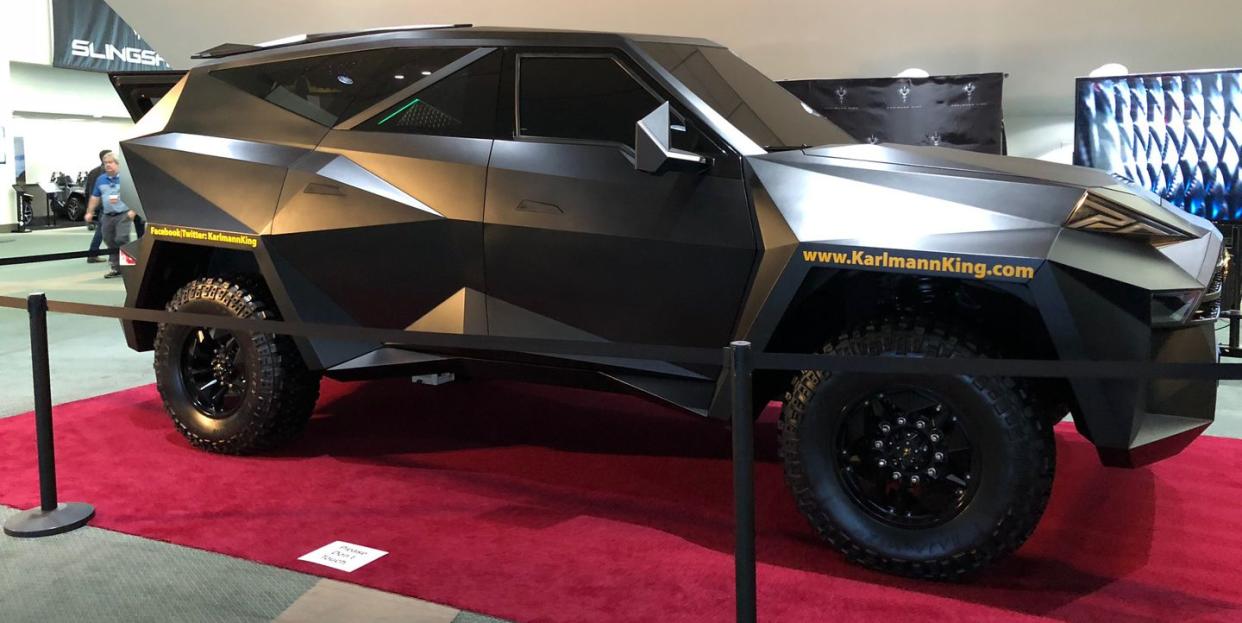
Auto shows used to be a big deal. The auto show was where car companies made big, splashy debuts and automotive journalists got to find out who hates who and why over open bar at a pop-up speakeasy sponsored by whichever manufacturer was feeling especially flush that year.
I mean, one year at the Detroit show I had Juan Pablo Montoya pour me a beer because Chrysler hired him to work as a bartender. GM had Jay-Z unveil a new shade of blue for the GMC Yukon. And it wasn't even a color they were going to offer. Just a concept color. Maybe it's not surprising they went bankrupt, but the point is: auto shows were big-time events.

Not so much anymore. For one thing, there are few surprises at the modern auto show because every company dribbles out details about new models for years in advance. By the time you see the car at the show, you've seen it 142 times on the internet.
And I feel like it's become poor form to spend conspicuous cash on flashy debuts. Nobody's bringing in Jay-Z to unveil the color blue. Formula One stars are not slinging beers. Increasingly, manufacturers either skip auto shows entirely or they set up a stand but forgo any introductions. As one PR rep explained, "It's $100,000 the second you set up a light on a stage. And then it goes up from there." Hence the auto show morphing into a restrained affair, an amalgamation of disparate dealer showrooms under one roof. That's fine if you're car shopping and want to lay eyes on the metal, but the thrill of discovery is mostly absent.
That's why I was so surprised by this year's L.A. Auto Show-there were so many cool vehicles everywhere that it was hard to take it all in. Two major themes emerged: In the future, many of us will get around in electric autonomous transport pods that are owned by some goliath mobility company. But for right now, we have trucks with dirt bikes in the back.
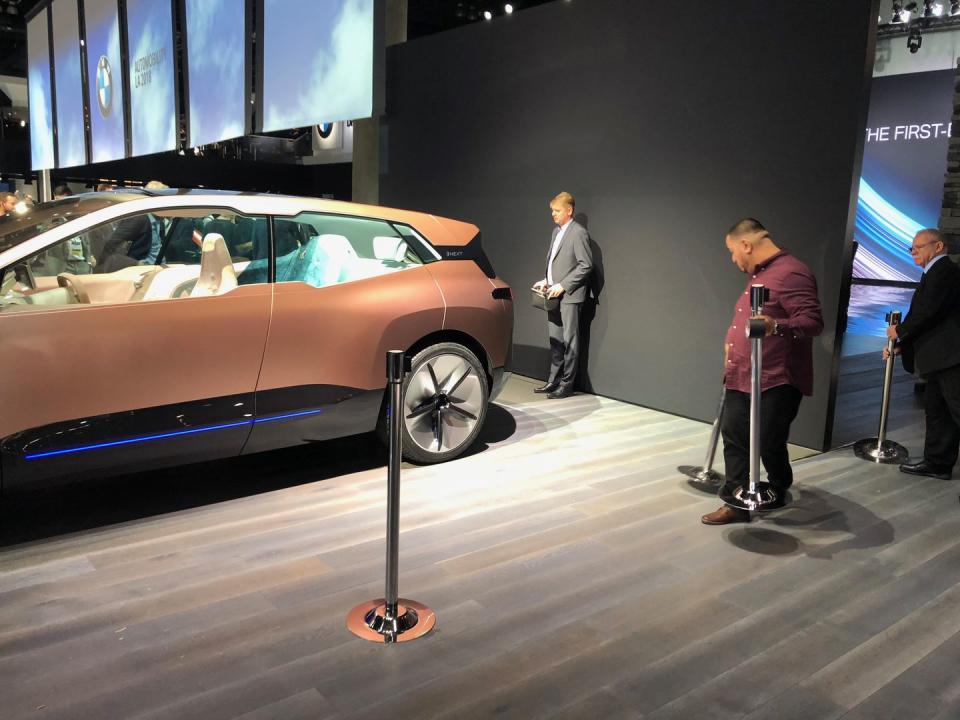
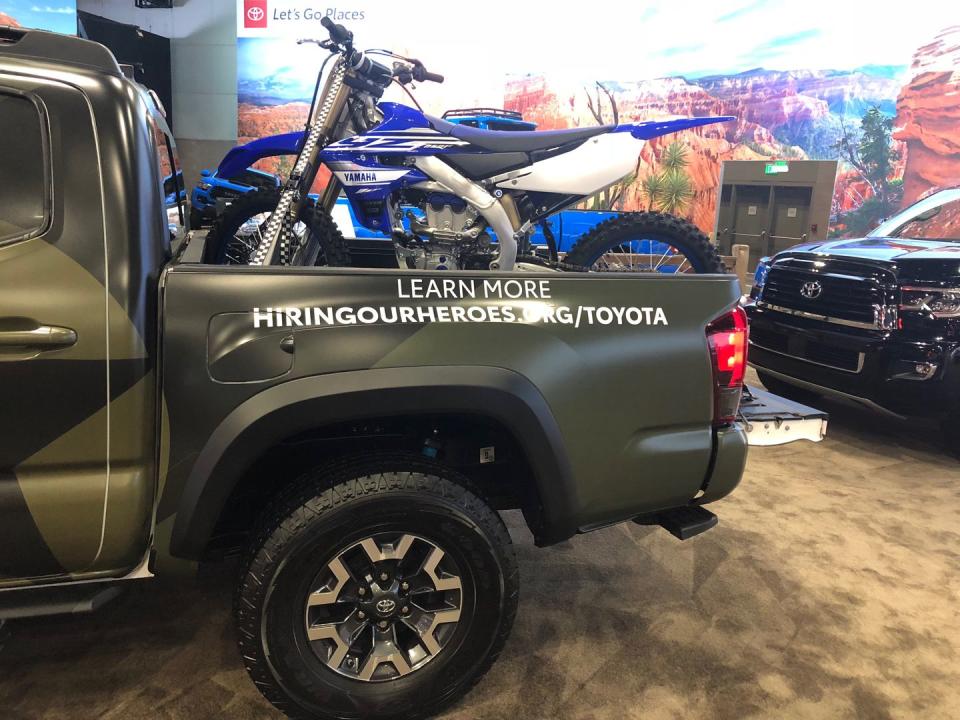
First, the bold future, as embodied by Volvo's stand, where there weren't even any cars. (They brought some in the next day, but made the first day a statement of post-car intentions.) I stopped in and spoke with Marten Levenstam, Volvo's product strategy lead, about the 360c concept car. He stressed that the 360c-one of the aforementioned autonomous transport pods-shouldn't be taken too literally. "It's about starting this conversation," he said.
And that conversation is about how the whole idea of a car will change. Yes, we'll still have privately owned vehicles that you can drive yourself-at least part of the time, if you're interested. But other trips will be served by machines like the 360c that you could book for specific journeys. In this possible future, the car brand could be less important than the identity of the service provider (which, who knows, could be an offshoot of the car company). He compared it to air travel now.
"When you book a ticket, you might compare the airlines," he said. "But you're not making your decision based on whether the flight's on an Airbus or a Boeing." Incidentally, Volvo sees cars like the 360c replacing short-haul air travel, assuming the pricing could reach a competitive point.
BMW's Vision iNEXT is another autonomous concept, although one that previews a production model coming in 2021. The iNEXT underscores the point that autonomy will radically change car interiors. For one thing, the configuration of the interior will change depending on which mode you're in, with the steering wheel retracting (though not disappearing) when you're in "Ease" mode. I happened to walk past the BMW stand when they were moving the iNEXT into position, which was fascinating inasmuch as nobody was in the car. I was momentarily gobsmacked until I noticed a guy off to the side manipulating what looked like a modified iPad to control the car. I was still impressed, since this was now the largest radio-control car I'd ever seen.
From our subscription-based autonomous electric future, I wandered over to the Jeep stand to check out our awesome Wrangler-with-a-pickup-bed present. That would be the Gladiator, Jeep's new truck, one of which was displayed with a pair of KTM dirt bikes in the bed. I stood there staring for way too long, daydreaming about all the possibilities of a Wrangler truck.
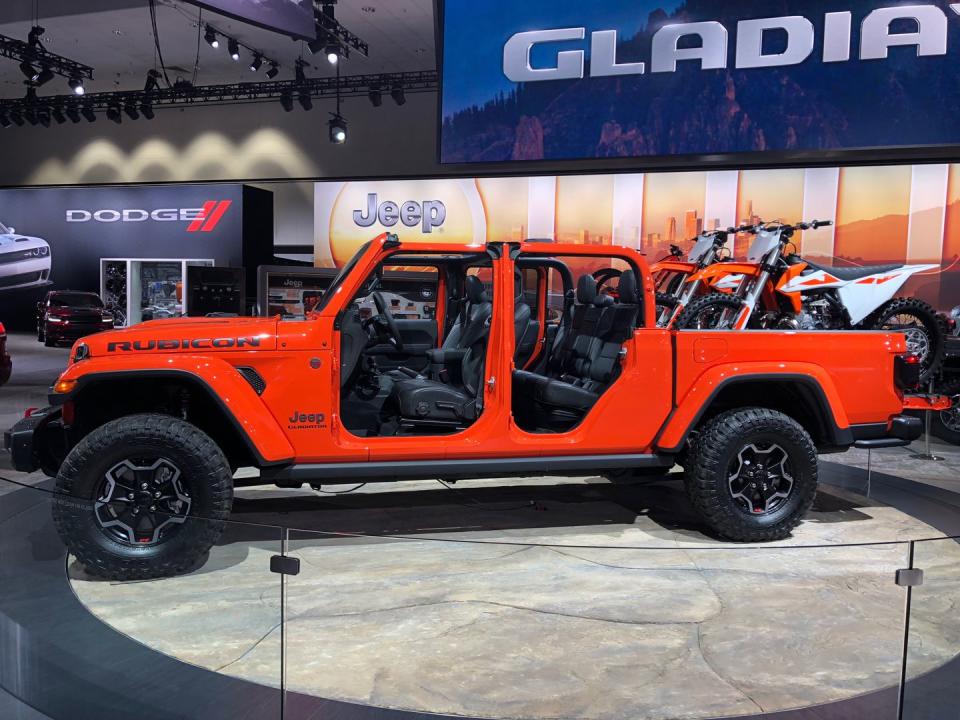
The wiener dog wheelbase means a Gladiator won't be as nimble as a Wrangler on the trail, but it also means you can tow up to 7,650 pounds. And haul sweet dirt bikes. And still take the doors off, just like a Wrangler. And yes, they'll offer it with a diesel. The only thing missing is an electric version. But if an electric truck is what you're after, stroll on over to the Rivian stand.
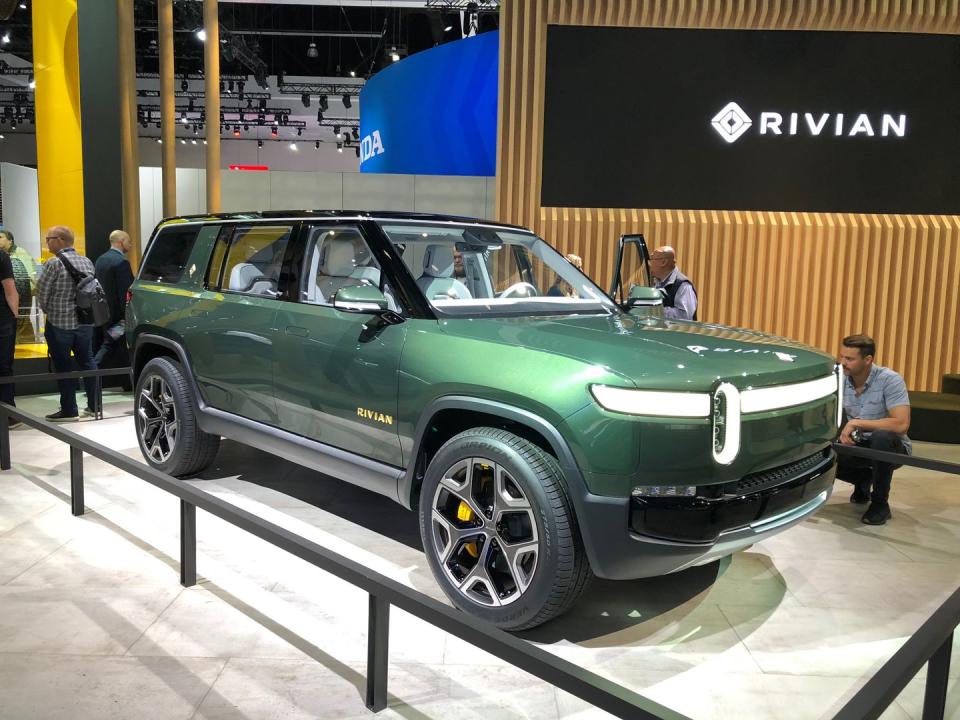
There you'll find the R1T electric truck, available for preorder and packing some incredible stats: zero to 60 in three seconds, three feet of fording depth, and up to 400 miles of range. Of course, a loaded R1T with a 180-kWh battery pack will cost more than $69,000, but if they can bring it to production on time-2020, they say-then Rivian could claim an early stake at the high end of the electric truck market. There are surely Tesla owners who also have a $75,000 F250 in the driveway, so Rivian wants to slide in there before the legacy companies roll out their own e-trucks. I love the idea of a 750-hp electric truck, and the R1T (and its SUV sibling, the three-row R1S) looks great. The Rivian stand was consistently mobbed, so I guess I'm not the only one interested in electric off-roading.

However, if I want to hit the trails in silence sooner rather than later, the new Subaru Crosstrek Hybrid ($35,970, arriving at dealers this month) might be my best bet. While some all-wheel-drive hybrids use an electric motor for just the rear end (see: Volvo XC90 and the new Prius AWD-e), the Crosstrek's 118-hp electric motor runs through the car's all-wheel-drive system, so the Crosstrek is always AWD whether it's in electric mode or not. The 8.8-kWh lithium battery eats up some cargo space in the back, but the upshot is 17 miles of electric range and a full second knocked off the non-hybrid car's zero-to-60 time. Oh, and it gets 35 mpg combined, or 90 mpge in electric mode. Plus: silent mud-running!
The Crosstrek Hybrid was one of those interesting normal cars that was sort of subsumed by the glitz of the show (both in terms of cars and, at Subaru's own stand, a dog kissing booth). Another one was over at the Mercedes stand, where the completely awesome AMG GT-R PRO stole the spotlight from the quietly radical new GLE, which features E-ACTIVE BODY CONTROL. Yes, all caps. And it deserves it.
The 48-volt hydropneumatic active suspension system is the only one of its kind, on any vehicle. Because it can control both spring and damping rates (as well as ride height) at each wheel individually, the GLE can perform some amazing tricks. For instance, if you're stuck in the sand, the GLE can gently bounce itself to regain traction and get moving. On the road, the body leans into corners. And a stereo camera system called Road Surface Scan looks for upcoming bumps and coordinates with the suspension to keep the body of the car flat. I can't wait to try it. No pressure, but the new GLE should ride better than any other car on earth.
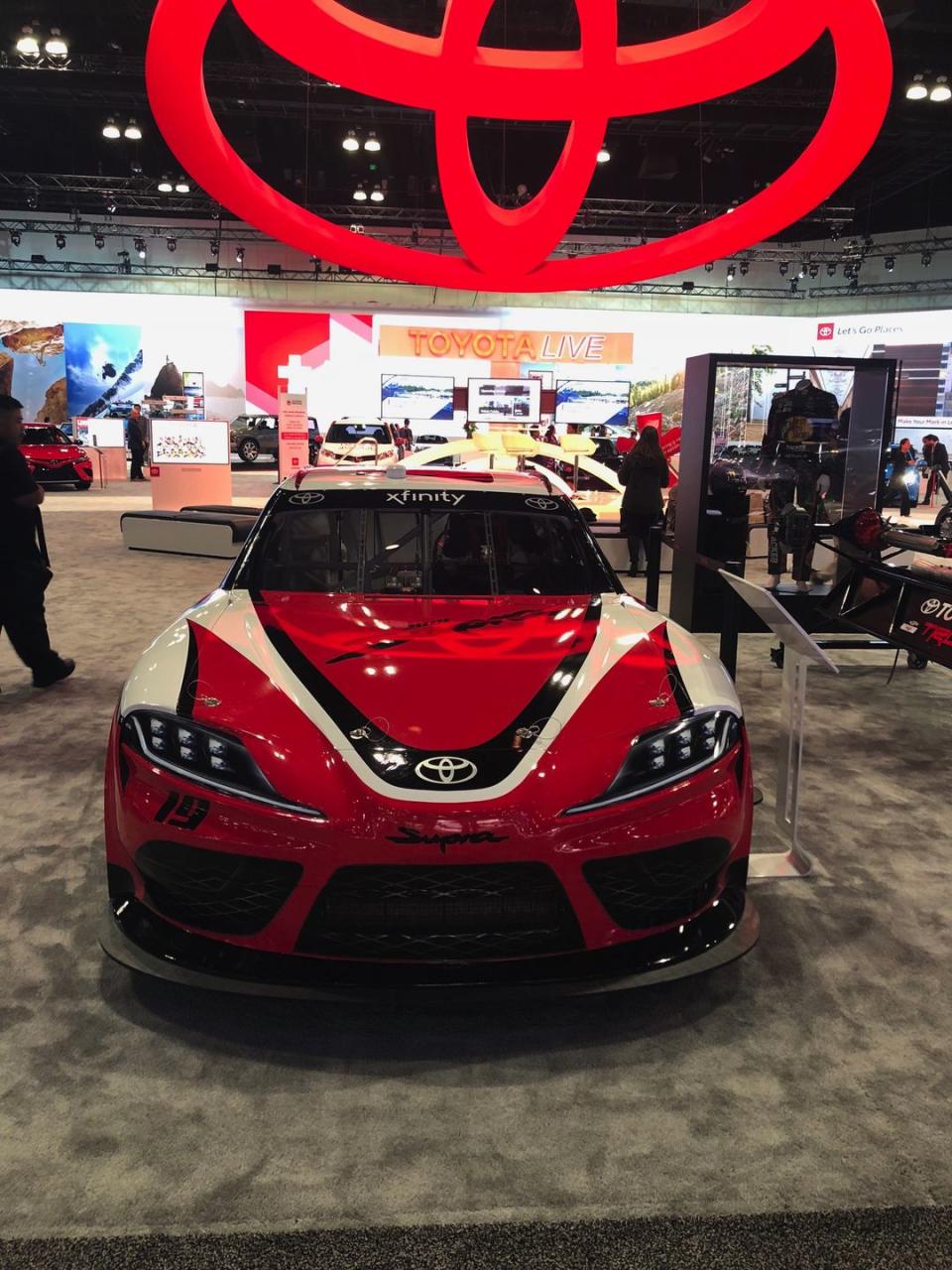
And oh, there was plenty more: Toyota's new Supra face grafted onto a NASCAR XFinity race car. Lots of cars carrying stuff on their roofs (it's shorthand for adventure!). Parked under some escalators was a Karlmann King, bombastic multimillion-dollar SUV based on a Ford F550 and rocking stealth-fighter styling. Not far away was a Genovation GXE, an 800-hp electric Corvette. Outside, someone in a Polaris Slingshot gunned it through smokey drifts on a tight autocross course. Hyundai threw a party that included an Alanis Morissette concert. It all felt optimistic, like the car is still an object to be celebrated. No matter what form it takes.
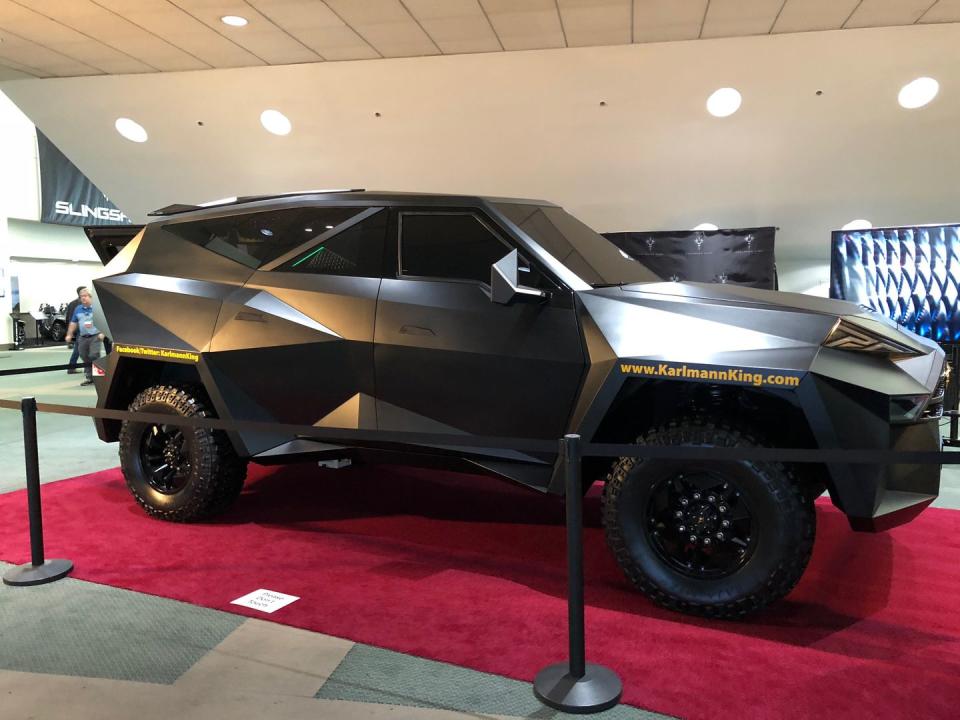
('You Might Also Like',)

